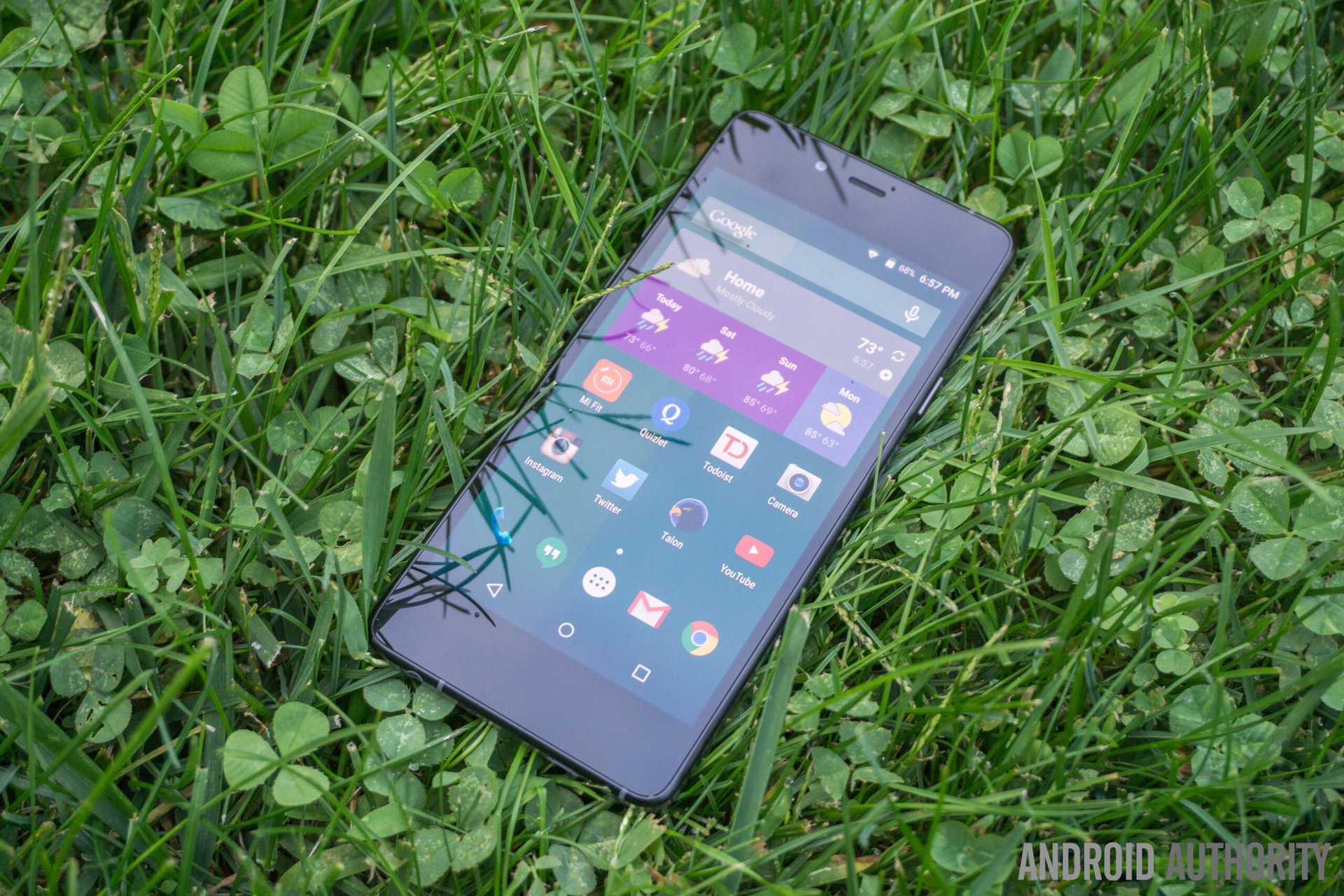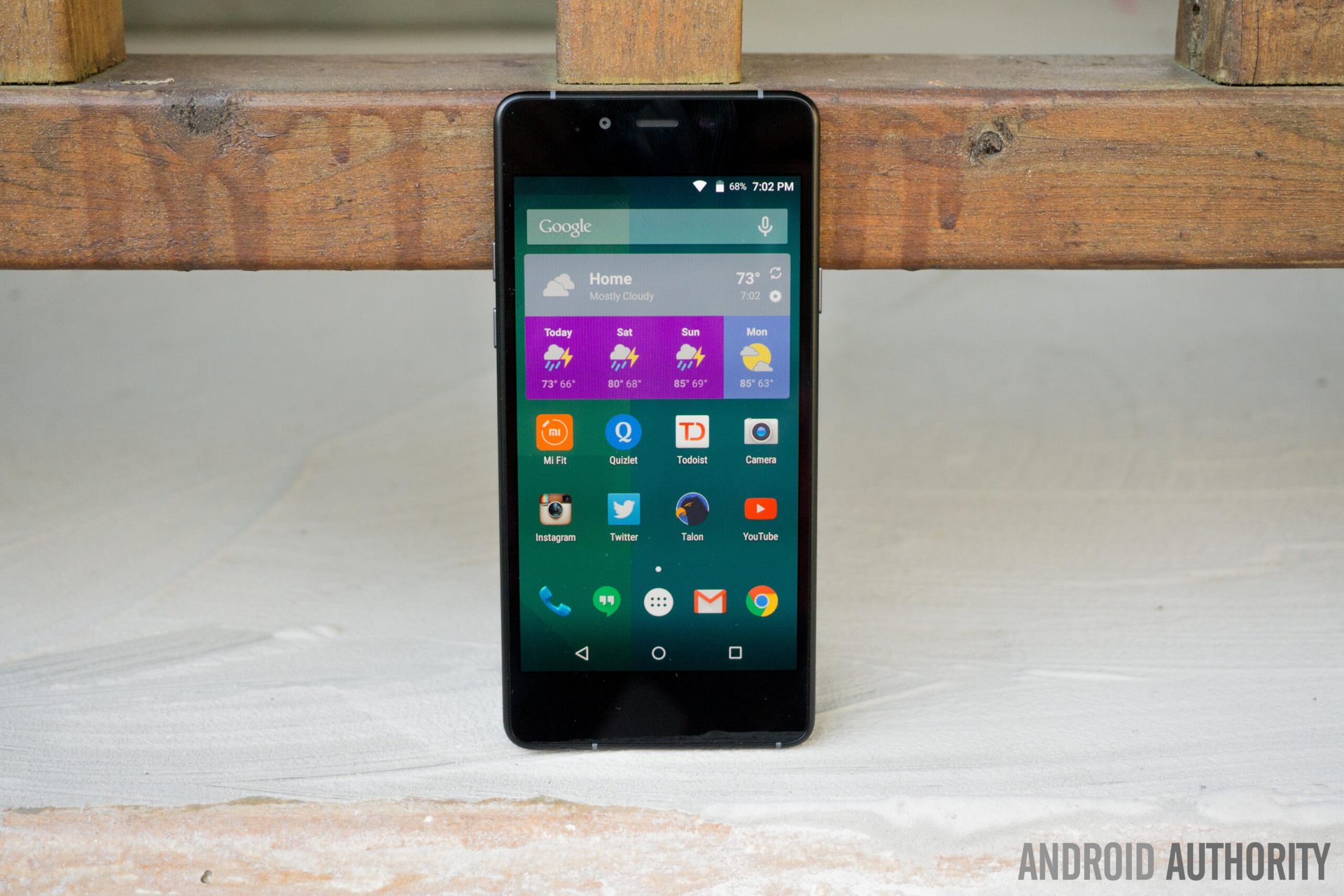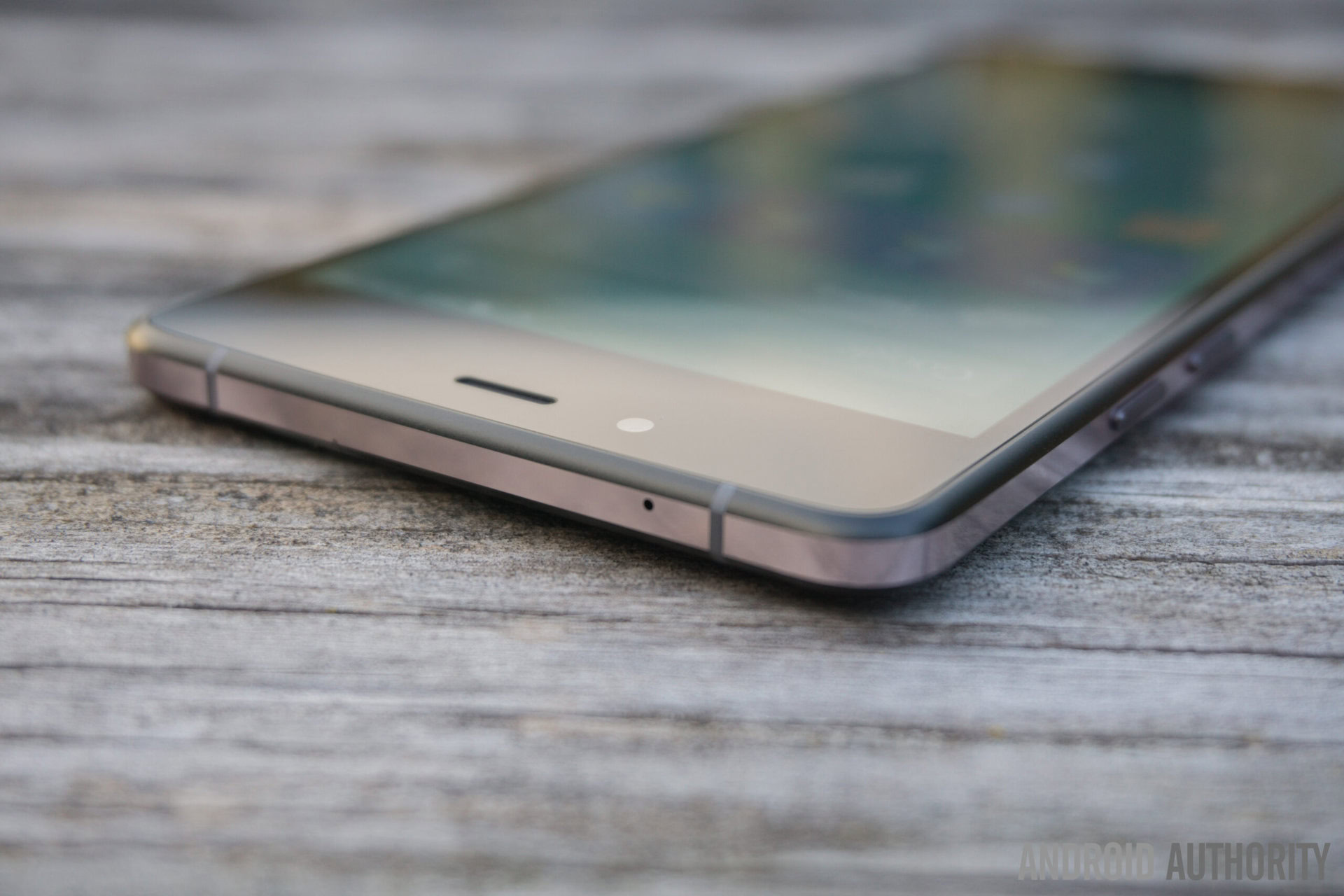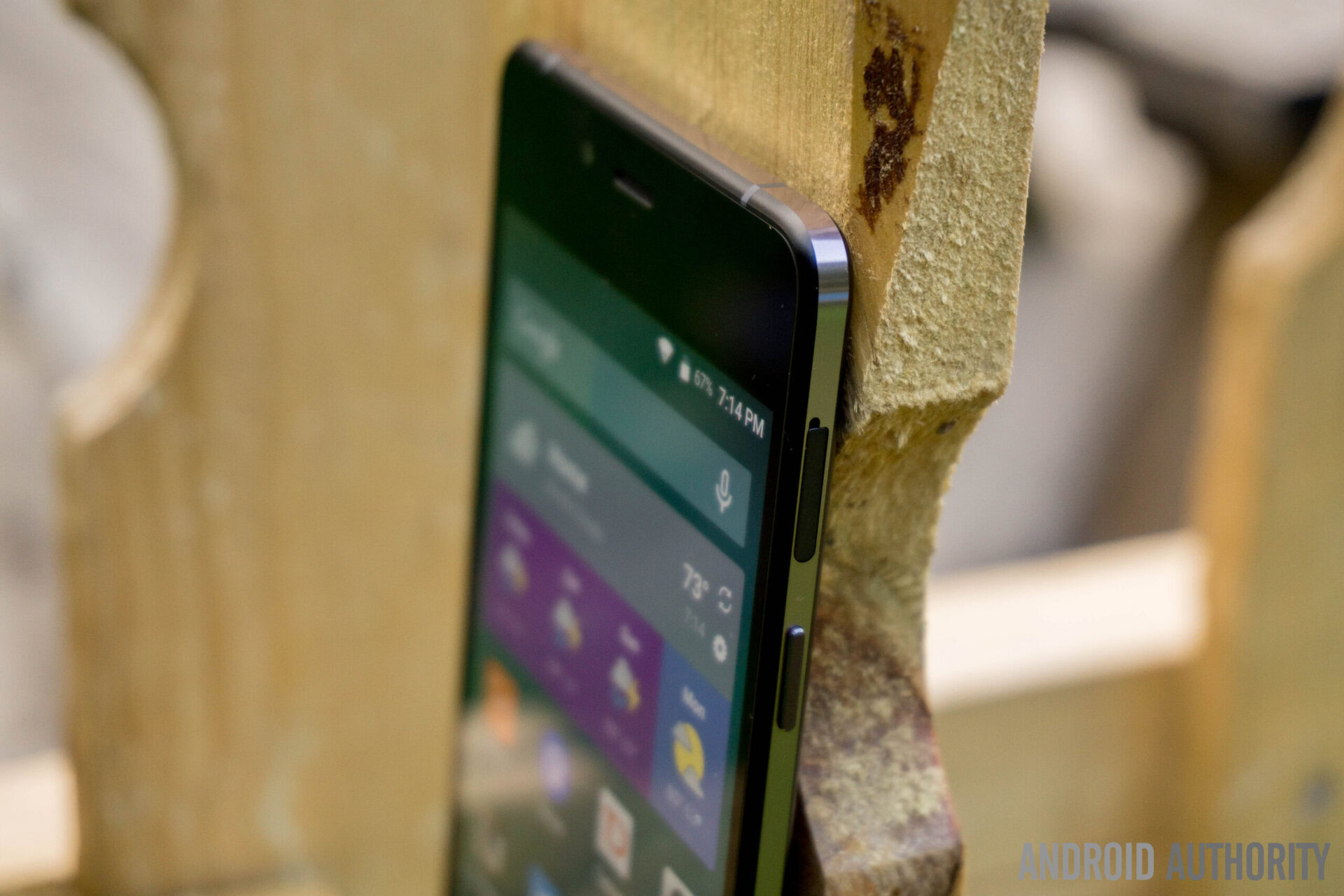Affiliate links on Android Authority may earn us a commission. Learn more.
BLU vivo Air LTE quick impressions: so thin, you'll think it's a dummy unit
Published onSeptember 16, 2015

Many manufacturers attempt to make super slim smartphones, but the race to create the world’s thinnest has been won by just a handful. American manufacturer BLU achieved this with the vivo Air earlier this year and just a few days ago, it followed this up with the vivo Air LTE.
Ahead of our full review, I took a quick look at the vivo Air LTE last week at CTIA 2015 – is slim back in again, or have BLU sacrificed reliability and quality to create the world’s thinnest smartphone?

The key specs
Lanh has already extensively reviewed the original vivo Air and the vivo Air LTE comes with a couple of small but key changes to improve the overall experience. The biggest additions are an increase in RAM (from 1GB to 2GB) and LTE support, which means you can now use mobile data at superfast speeds.
The changes mean that BLU has had to switch from a MediaTek processor in the original vivo Air to a Qualcomm Snapdragon 410 chipset in the vivo Air LTE. While Bailey will look at this in a lot more detail, I can say that the vivo Air LTE feels snappy in use and showed no visible signs of lag in the few moments I spent with it.
Other notable specs include a 4.8-inch 720p Super AMOLED display, 16GB internal storage, 8MP rear camera, 5MP front camera and a respectable 2,050 mAh battery (given the size of the handset). LTE Cat 4 support means the vivo Air LTE offers download speeds of 150Mbps and upload speeds of 50Mbps on the go, which is on par with other handsets in this price range.

The design
Having never used the original vivo Air LTE myself, the design came as a complete surprise and what a surprise it proved to be; simply put, the 5.1 mm thick body and 97 grams’ weight combine to create a smartphone that can only be described as feeling like a dummy handset.
If you go to a small phone store and ask to play with a not-so-popular smartphone, chances are that you will get to play with a dummy smartphone that has all the cosmetics without the heavy internals (such as battery, motherboard etc). The BLU vivo Air LTE feels just like this, except it’s a fully working (and very capable) smartphone.
Is it too slim? On paper, 5.1 mm might seem like it’s too thin and can’t be that sturdy but in actual use, the vivo Air LTE feels solid and showed no signs of stress when trying to bend it. It’s ridiculously thin but while it is definitely comfortable to use in the hand, it does feel like it’s been misplaced when you have it in your pocket.
Overall though, I’d definitely say if slim is your thing, then the vivo Air LTE won’t disappoint and you’ll love the super thin body. It really is unlike anything else on the market (apart from the original vivo Air).

Is slim in again?
At a cost of $199, the vivo Air LTE aims to combine a premium experience inside an impossibly thin body and for the most part, it certainly seems to deliver on this. Yes, it’s not flagship specs, which is to be expected from a sub $200 smartphone, but it does feel good in the hand and is the slimmest 4G smartphone to land in the United States.
For more on the BLU vivo Air LTE, stay tuned for our full review, which will be out very soon. What do you think of the world’s thinnest smartphone and would you buy it? Let us know your views in the comments below guys!
[related_videos title=”BLU in video:” align=”center” type=”custom” videos=”615697,615688,602659,583005″]